8 Edible Umbellifers
The Umbelliferae (Apiaceae) family, also known as the Carrot family is a large family of plants, all with the similarity of umbels - think structure of an umbrella with a handle, spokes and canopy. There are some fantastic edibles within this family and also some deadly poisonous plants. A little foraging knowledge can be dangerous and this family needs to understood well and the plants respected.
Here are 8 wild foods within the umbellifer category (there are 18 edibles in total in this family). It goes without saying that this information is not enough to identify and use these wild foods. Though it is an introduction to them, with links to more information about the main plants I teach.
Introducing 8 umbellifers in flower

Wild Fennel (Foeniculum vulgare)
An aniseedy scented plant and a wonderful flavouring (unless you don't like fennel). It's a coastal plant in my foraging book where I share a fennel sorbet and fennel flower fritter recipe.
Rock Samphire (Crithmum maritimum)
A coastal plant that in the past was highly rated as a vegetable and for it's nutritional qualities. I've written about rock samphire as my favourite summer plant, shared a delicious salsa verde recipe for it, and recipe for pickled rock samphire. It is also in my foraging book.
Alexanders (Smyrnium olusatrum)
An invasive plant that I'm passionate about. I have a whole blog section dedicated to Alexanders and it's also in my foraging book.
Wild Carrot (Daucus carota)
A coastal that has spread inland. You need permission to dig up the (small and fibrous) roots. The seeds are edible but shouldn't be digested if you're pregnant. This plant is in my Foraging book where I share a Carrot Seed and Honey Cookie recipe. Extra info: I have used the summer flowers in a similar way to elderflowers and infused them for syrup - they have an unusual, subtle and carroty flavour!
Hogweed/Cow-weed (Heracleum sphondylium)
Also known as Common Hogweed (in comparison to Giant hogweed) is a common sight across the UK and Europe. I've previously shared recipes for it; Hogweed shoots in a cake, plus a vegan version of Pear and Hogweed Shoot Cake. I sing the praises for it as an alternative and superior asparagus. and even used the seeds to flavour meringue in an Apple Curd and meringue Pie recipe.
If you want a thorough introduction to the shoots, take a look at my hogweed shoots in spring blog and I also have a dahl and hogweed shoots recipe too.

Cow Parsley/Wild Chervil (Anthriscus sylvestris)
Often the first spring flower to appear. A very common hedgerow plant, the leaves can be eaten but should be avoided once the plant is in flower. However, before the flowers appear the leaves and stems can be eaten. I like the leaves in salads and the stalks simmered and added to sauces.

Pignut (Conopodium majus)
A delicate flowering plant, renown for the nuts (roots) that are tricky and (a little) rewarding to dig up as food. Not a nut at all, but a nutty flavour and texture of a fresh hazelnut.
Wild Celery (Apium graveolens)
I've rarely seen this in Cornwall, I photographed this one in Norfolk where I was excited to find it! A stringy plant, personally I prefer to use Alexanders (its predecessor).






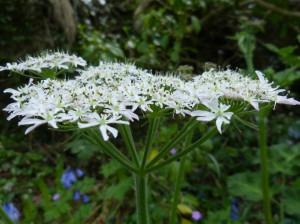






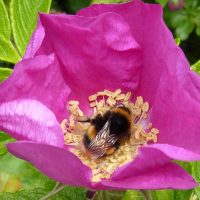
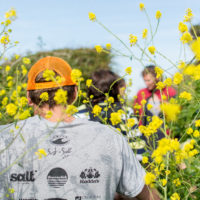
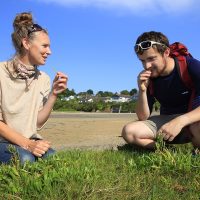
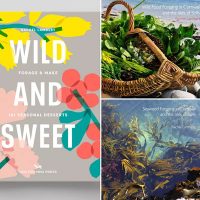
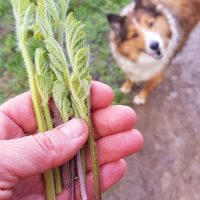
thank you so much I will read thoroughly later